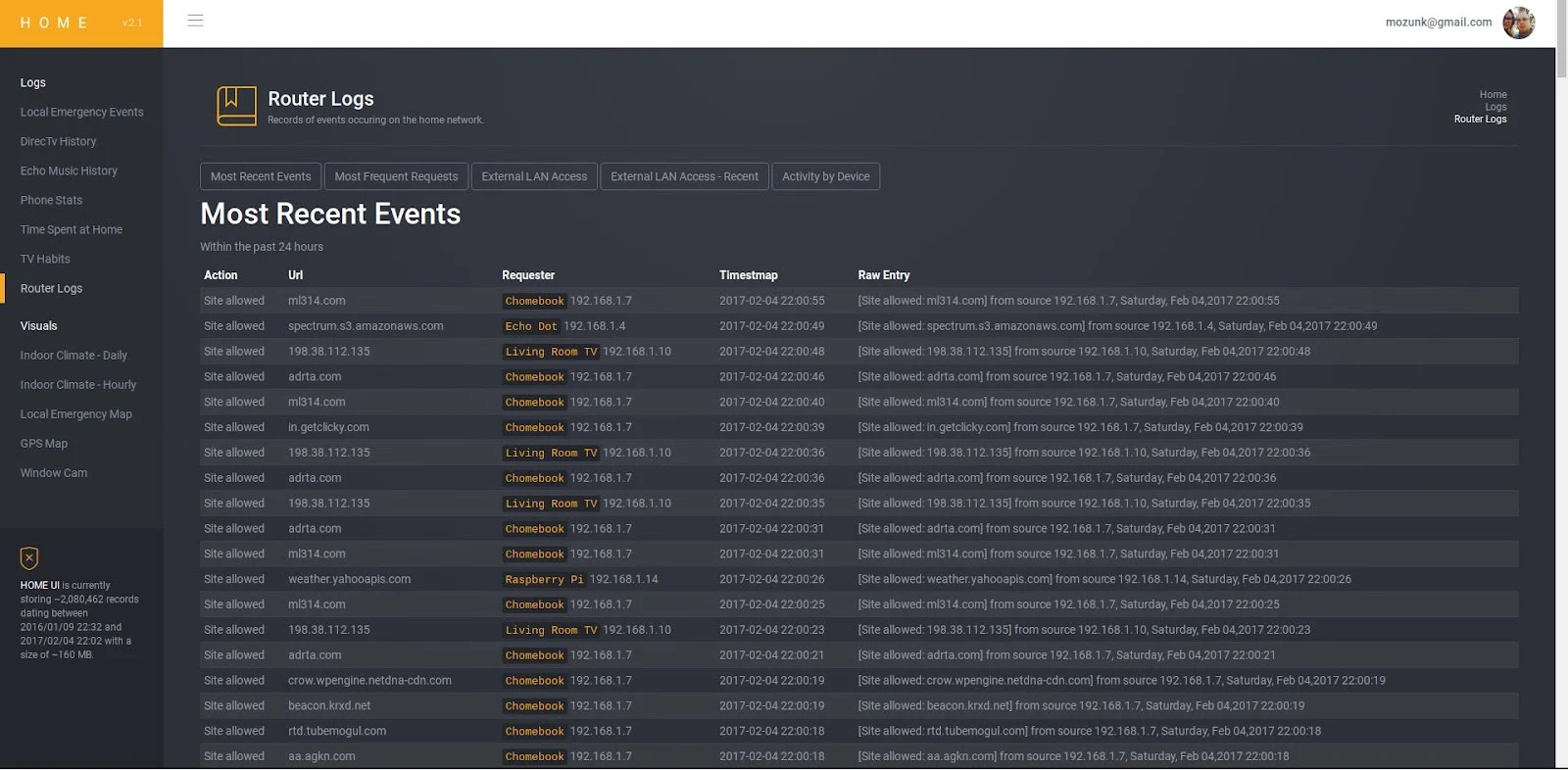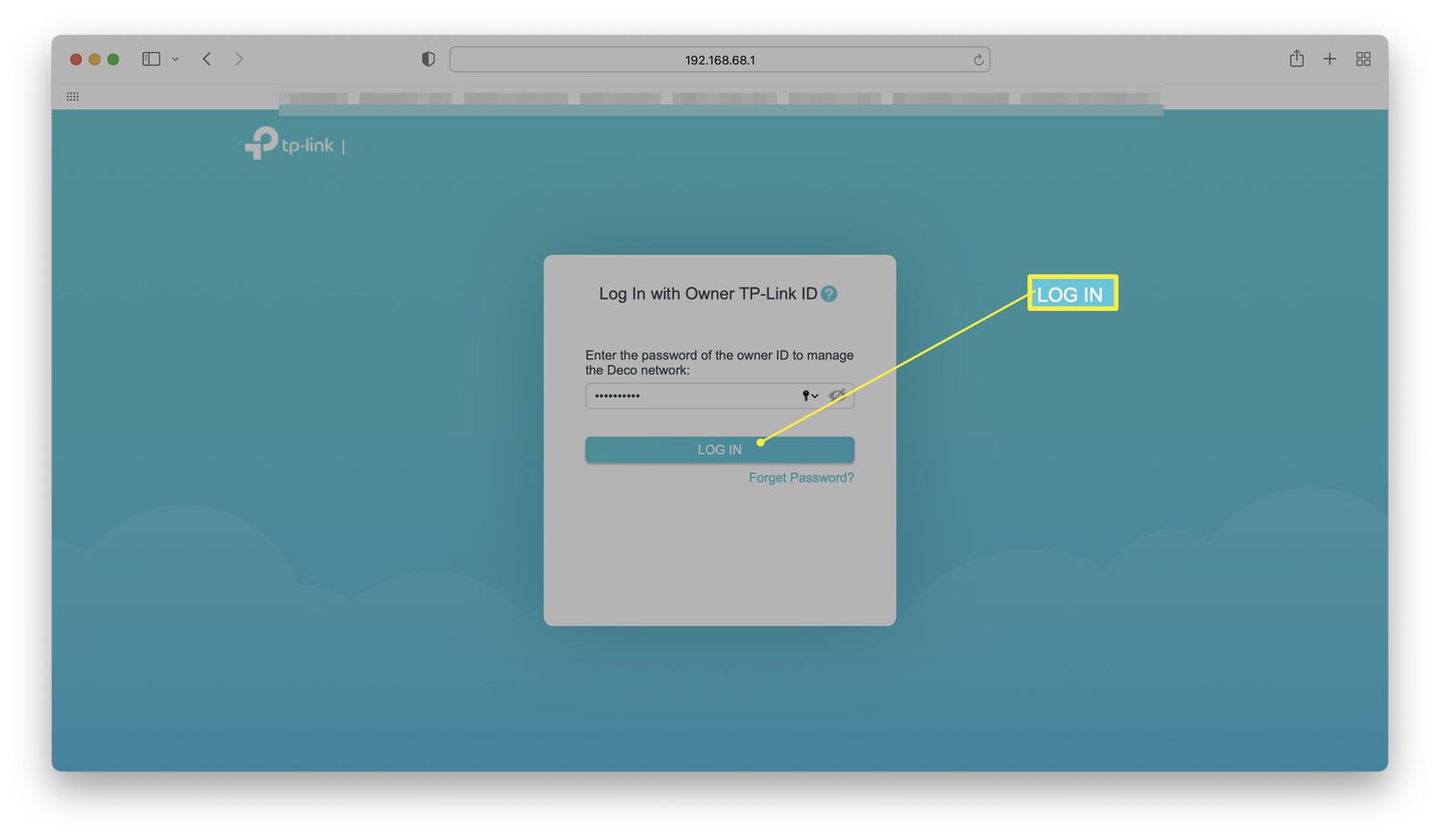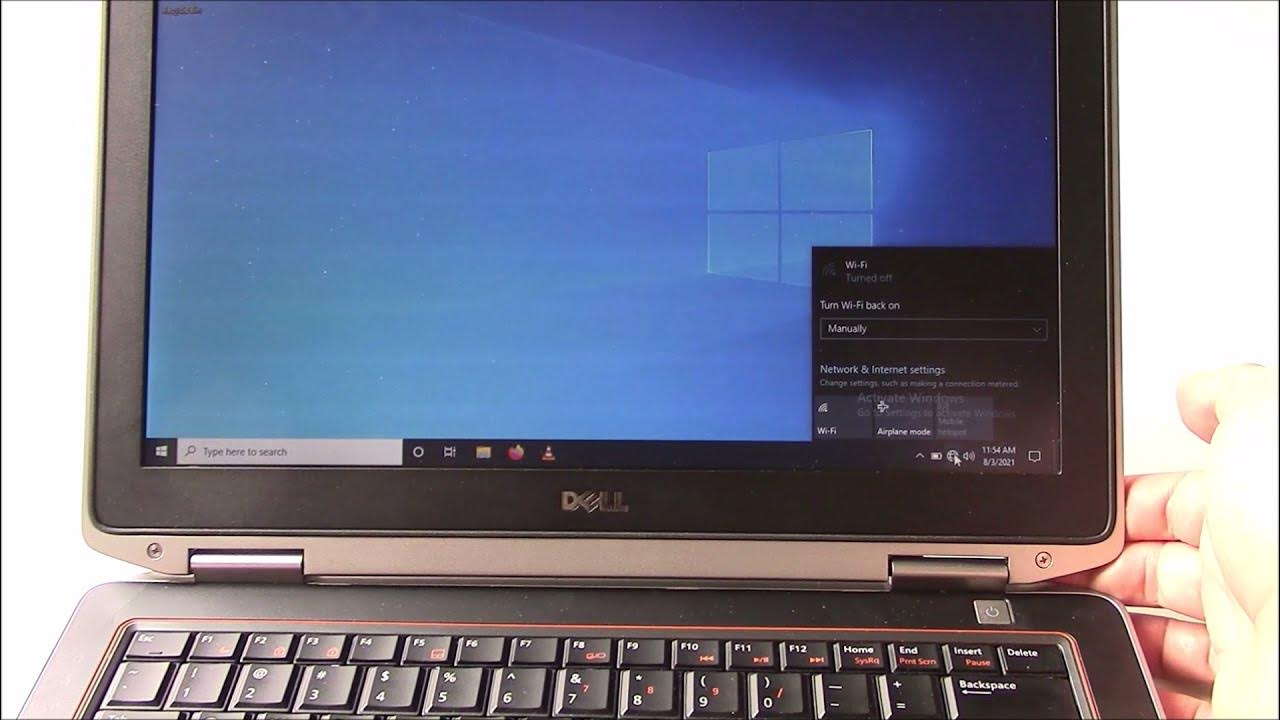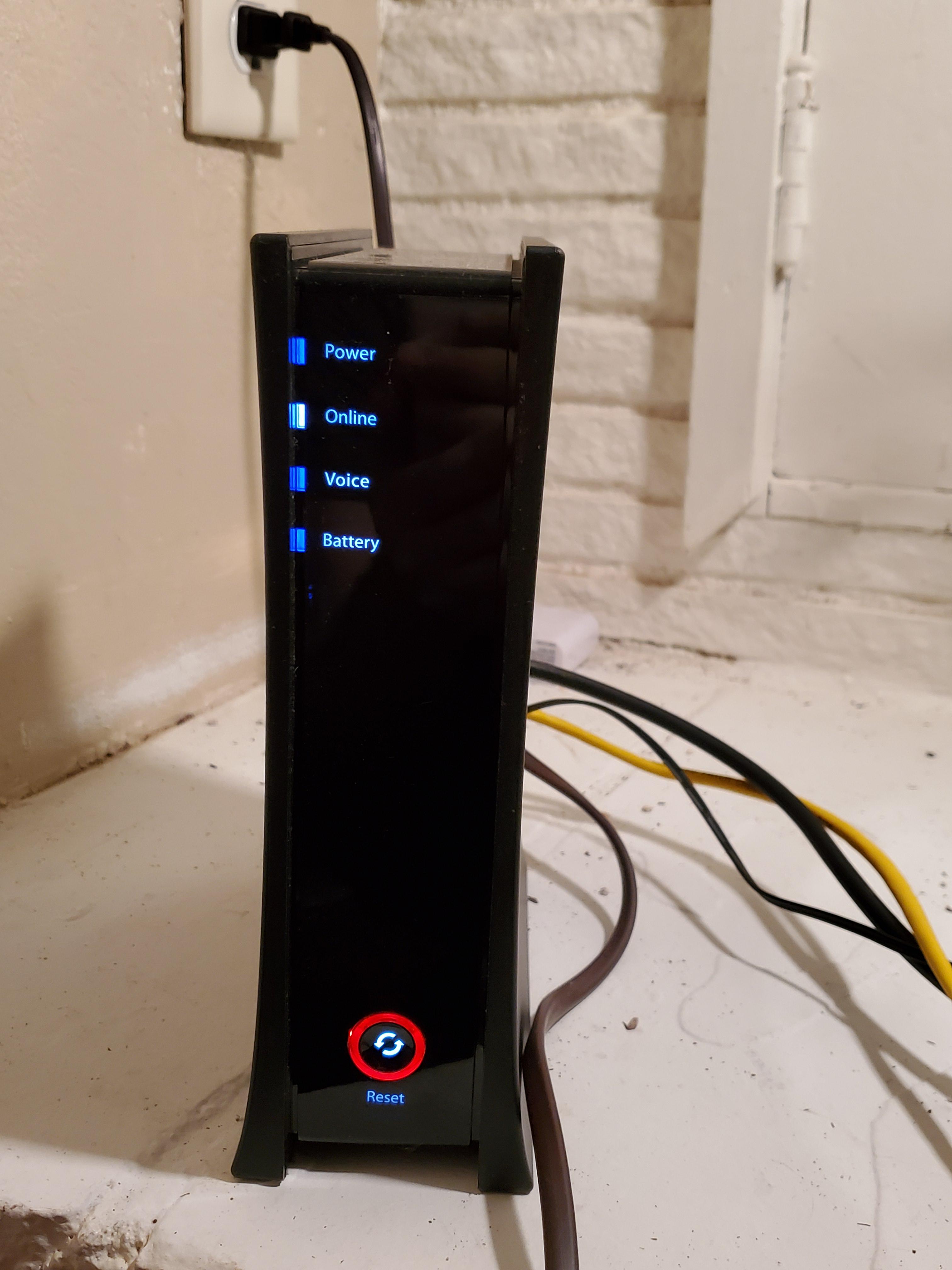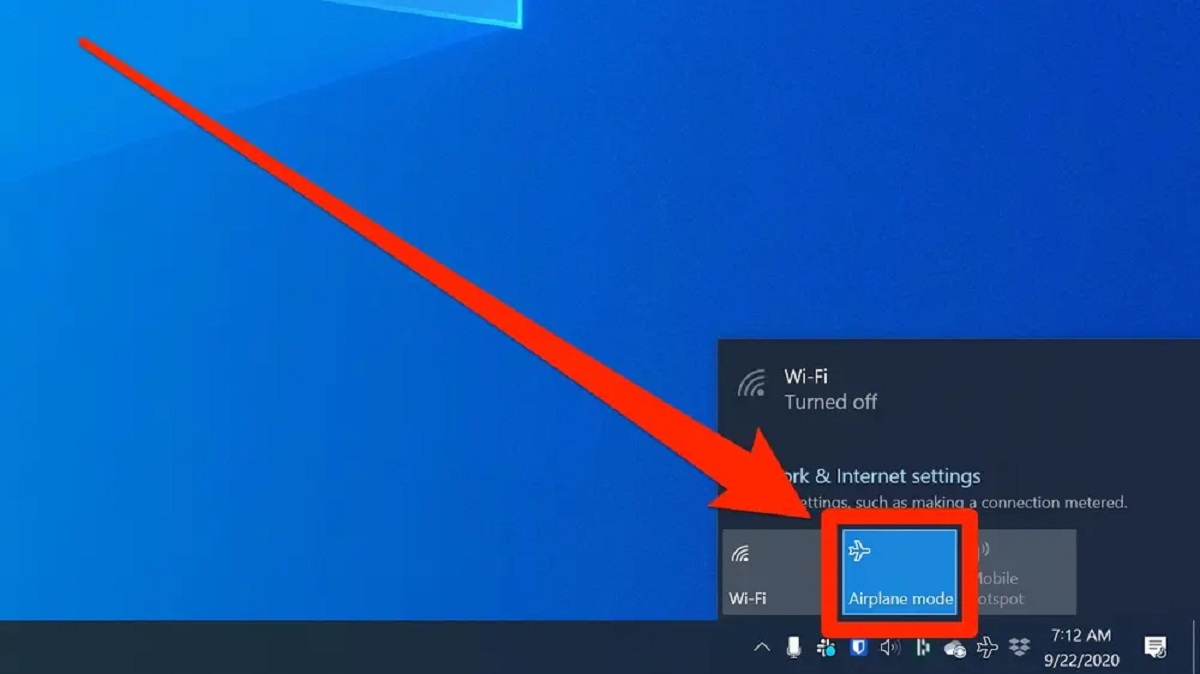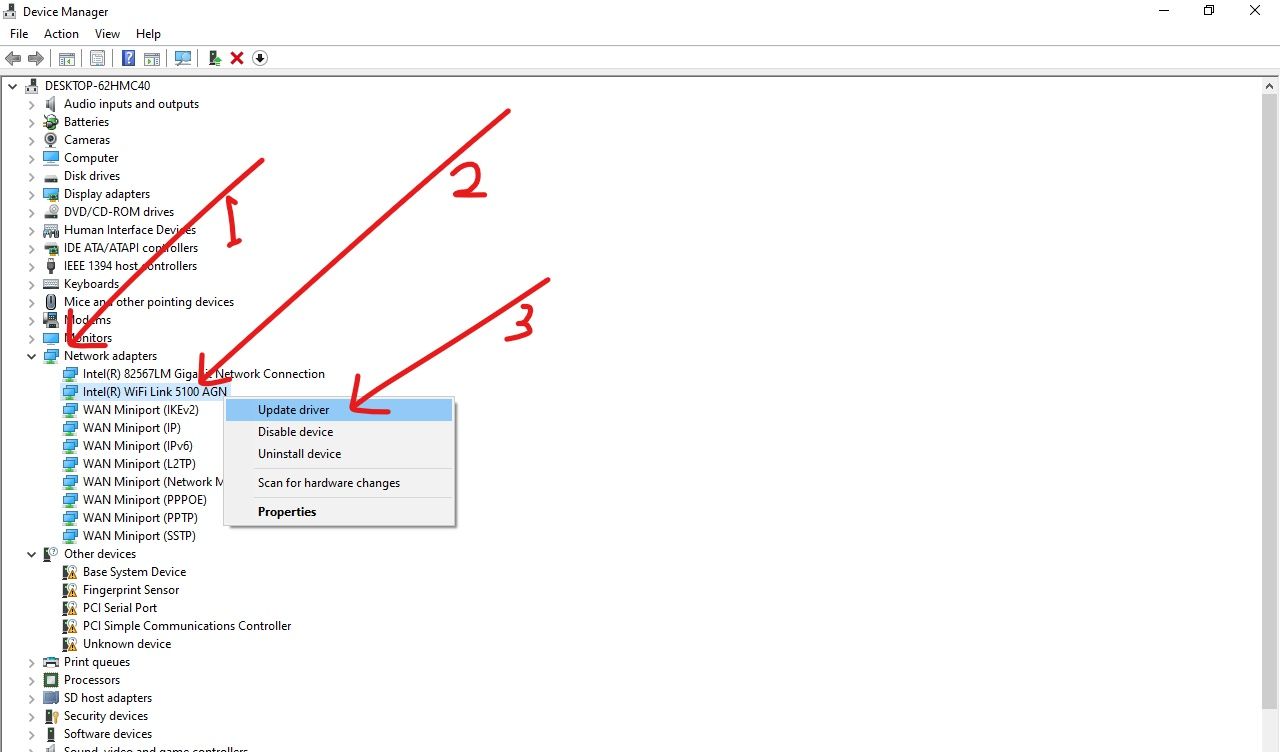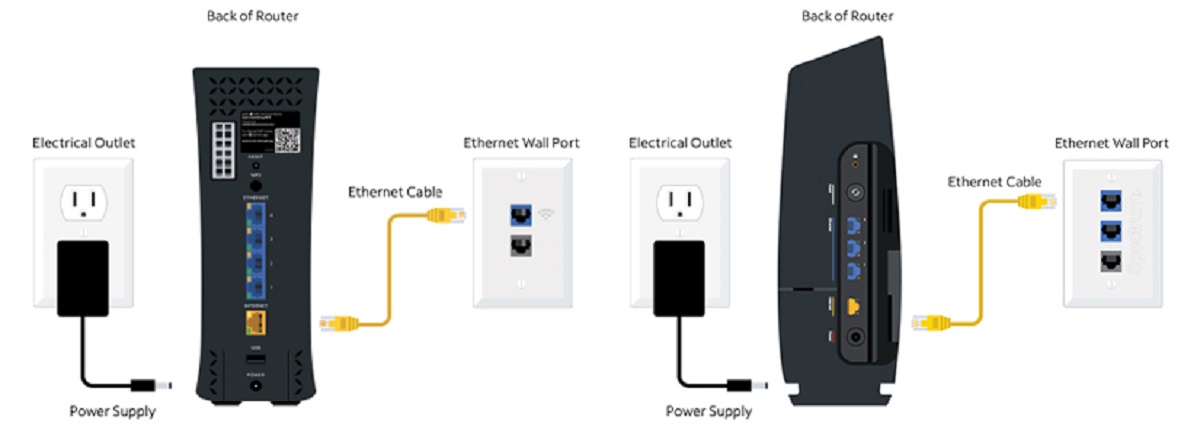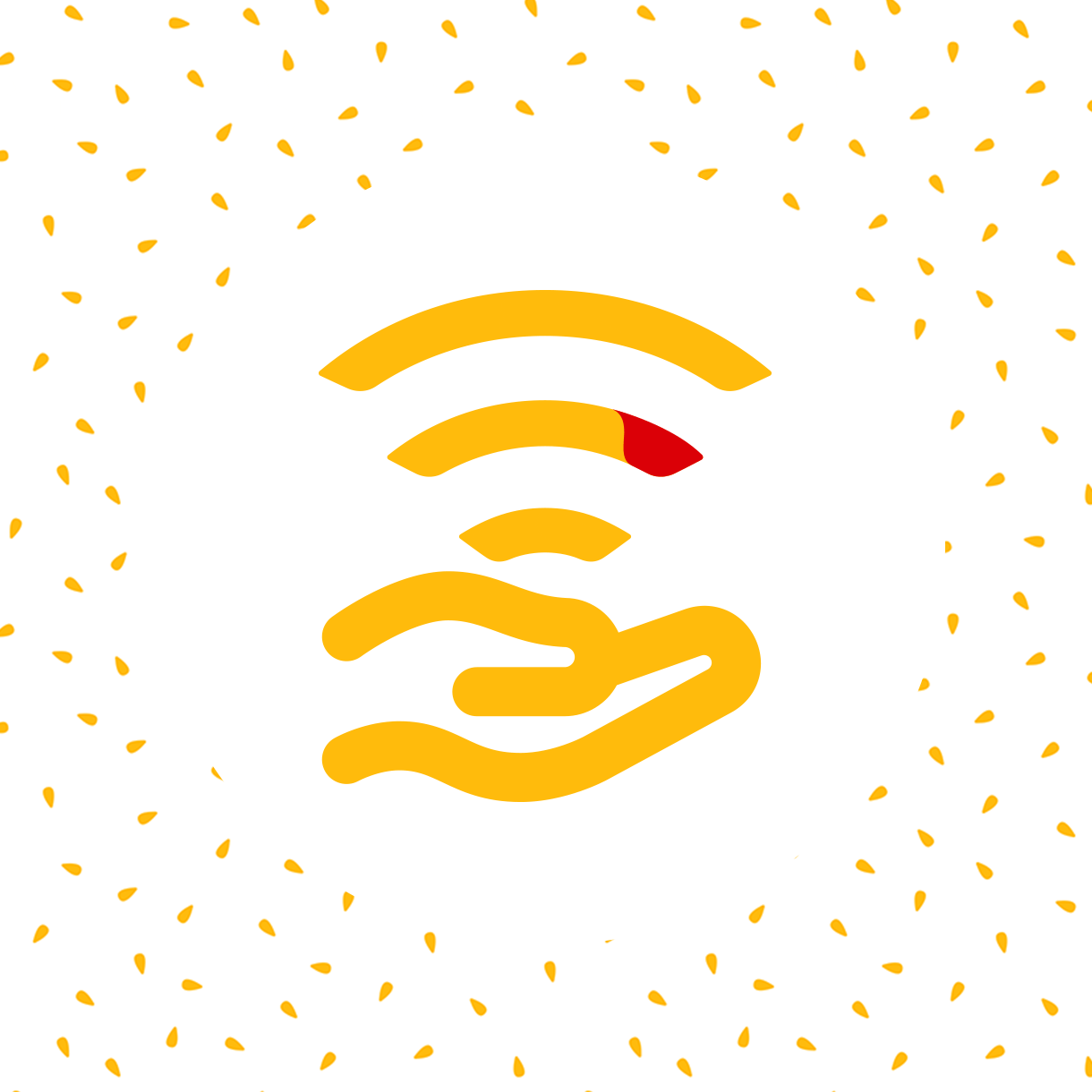Introduction
With the increasing reliance on technology and the widespread use of WiFi networks, many people wonder if it is possible to track the websites that have been visited on their WiFi. Whether you are a concerned parent wanting to monitor your child’s internet usage or someone looking to keep an eye on the network activity, understanding how to track visited websites on WiFi can provide valuable insights and peace of mind.
WiFi, short for Wireless Fidelity, is a wireless networking technology that allows devices to connect to the internet without the need for physical cables. It has become a staple in homes, offices, and public spaces, offering convenience and flexibility for internet access. However, the inherent nature of WiFi raises questions about potential privacy and security risks.
Tracking the websites visited on a WiFi network can be a complex task, as there are multiple layers of technology and protocols involved. Additionally, it is important to respect privacy laws and use tracking methods responsibly and within legal bounds.
In this article, we will explore different methods of tracking visited websites on WiFi networks, ranging from monitoring network activity with your router to using network monitoring software and checking browser history. We will also discuss more advanced techniques like monitoring through DNS logs and packet inspection.
It is essential to note that the ability to track visited websites on WiFi heavily depends on the level of control and access you have over the network and the devices connected to it. While some methods may require technical expertise, others can be easily implemented by any user. By understanding these techniques, you can gain insights into network traffic and ensure internet usage aligns with your requirements and expectations.
So, let’s dive into the world of WiFi tracking and explore the various methods available to monitor the websites that have been visited on your WiFi network. By the end of this article, you will have a comprehensive understanding of the options at your disposal and how to go about implementing them.
How does WiFi work?
To understand how to track websites visited on a WiFi network, it is important to have a basic understanding of how WiFi works. WiFi uses radio waves to transmit and receive data between devices and a wireless access point, commonly known as a router. This technology operates on the principles of radio frequency and data modulation.
When you connect a WiFi-enabled device, such as a smartphone or laptop, to a WiFi network, it sends signals to the nearby router. These signals carry data in the form of radio waves, which are encoded with the information being transmitted. The router receives these signals and decodes them, allowing the data to be sent to the intended destination, such as a website server.
WiFi networks operate within specific frequency bands, such as 2.4 GHz or 5 GHz. These bands are divided into multiple channels, each with its own range of frequencies. When you connect to a WiFi network, your device communicates with the router using a specific channel.
To ensure secure transmission of data, WiFi networks utilize encryption protocols, such as WEP, WPA, or WPA2. These protocols encrypt the data before it is transmitted, making it difficult for unauthorized users to intercept and decipher the information. Encryption plays a crucial role in protecting privacy and preventing unauthorized access to network traffic.
WiFi networks also employ various network protocols, such as TCP/IP, to facilitate communication between devices and ensure reliable data transmission. These protocols establish rules and standards for data packaging, addressing, and error detection and correction, allowing for seamless communication over WiFi networks.
In summary, WiFi operates by using radio waves to transmit and receive data between devices and a router. It uses specific frequency bands and channels to facilitate communication and employs encryption and network protocols to ensure privacy and reliable data transmission. Having a solid understanding of how WiFi works sets the foundation for exploring methods of tracking visited websites on a WiFi network.
Is it possible to track the websites visited on my WiFi?
One of the most frequently asked questions regarding WiFi is whether it is possible to track the websites that have been visited on a WiFi network. The answer to this question is both yes and no, depending on various factors and methods employed.
In general, WiFi networks do not inherently track the websites visited by the devices connected to them. WiFi is primarily a means of wireless data transmission and does not include built-in logging or tracking capabilities for website browsing. However, it is important to note that there are methods available to monitor and track network activity, including the websites visited, on a WiFi network.
One method to track websites visited on a WiFi network is by monitoring the network activity using your router. Most routers provide the ability to log network activity, including the IP addresses of the devices connected to the network and the websites they are accessing. However, this method may require technical expertise and access to the router’s settings.
Another method involves using network monitoring software. These software applications are specifically designed to track and analyze network traffic, including the websites visited. They provide detailed reports and insights into the browsing activity of devices connected to the WiFi network. Network monitoring software can be a useful tool for parents, administrators, or organizations that need to monitor and ensure appropriate internet usage.
If you want to track the browsing activity on a specific device, checking the browser history on that device itself can provide information about the websites visited. This method requires physical access to the device and does not directly involve monitoring the WiFi network itself. Browser history can be accessed through the browser settings or options menu, allowing you to view the list of websites previously visited.
In more advanced scenarios, tracking can also be done through DNS (Domain Name System) logs or packet inspection. DNS logs can reveal the domain names of the websites accessed, while packet inspection involves analyzing the network packets exchanged between devices and websites. These methods, however, may require specialized knowledge and equipment, and could be subject to legal and privacy considerations.
Overall, while WiFi networks do not automatically track the websites visited, there are methods available to monitor and track network activity. The level of complexity and technical expertise required may vary depending on the method chosen. It is important to respect privacy laws and regulations and ensure that tracking methods are used responsibly and within legal boundaries.
Monitoring network activity with your router
One way to track the websites visited on a WiFi network is by monitoring the network activity using your router. Most routers have built-in features that allow you to log and track network traffic, including the IP addresses of devices connected to the network and the websites they are accessing.
To access the router settings and enable network activity logging, you typically need to enter the router’s IP address into a web browser. This will open the router’s administration interface, where you can configure various settings, including network monitoring options.
Once you access the router settings, look for options related to traffic logging or network activity. The availability and specific terms may vary depending on the router manufacturer and model. Commonly used terms include “activity logs,” “traffic monitoring,” or “access logs.”
Enable the logging feature and specify the level of detail you want to record. Some routers may allow you to customize what data is logged, such as URLs, IP addresses, or timestamps. Keep in mind that more detailed logging may impact the router’s performance and storage capacity.
After enabling network activity logging, the router will start recording information about the websites visited by devices on your WiFi network. Accessing the logs will allow you to view the IP addresses of connected devices, the websites they have accessed, and the timestamps of their activities.
It’s important to note that while logging network activity with your router can provide insights into the websites visited on your WiFi network, it has limitations. The information logged will be specific to the devices connected to your WiFi network, and devices using cellular data or a different network will not be captured. Additionally, the router’s logging functionality may vary, and some routers may not have this feature at all.
Furthermore, monitoring network activity via the router requires a level of technical knowledge and access to the router’s settings. If you are unfamiliar with router configurations or are using a network provided by an ISP (Internet Service Provider), you may need assistance from technical support or consult the user manual for guidance.
In summary, if you have the necessary access and technical skills, monitoring network activity with your router can be a useful method to track the websites visited on your WiFi network. Enabling the network activity logging feature allows you to view the IP addresses of connected devices and the websites they have accessed. However, it’s important to be aware of the limitations of this method and the specific configuration options provided by your router.
Using network monitoring software
Another method to track the websites visited on a WiFi network is by using network monitoring software. These software applications are specifically designed to track and analyze network traffic, providing detailed reports and insights into the browsing activity of devices connected to the WiFi network.
Network monitoring software offers advanced features and functionalities beyond what can be achieved through router settings alone. These software applications capture and analyze network packets, allowing you to monitor website URLs, IP addresses, protocols, and timestamps.
To use network monitoring software, you will need to install it on a computer or device connected to the WiFi network. Some network monitoring software applications can be run directly on the router, while others require a separate device to capture and analyze network traffic.
Once the network monitoring software is installed and running, it will start capturing network packets and analyzing the data. The software will provide you with a user interface or dashboard where you can view detailed reports, filter network traffic based on specific criteria, and track the websites visited by devices on your WiFi network.
Network monitoring software often provides real-time monitoring, allowing you to view network activity as it happens. It may also offer historical data, enabling you to analyze network usage trends and patterns over time.
One advantage of using network monitoring software is its ability to track network activity across multiple devices connected to the WiFi network, including smartphones, tablets, and computers. This makes it an ideal solution for parents, administrators, or organizations that need to monitor and ensure appropriate internet usage.
It is important to note that network monitoring software can be more advanced and complex to set up compared to monitoring network activity through your router. It may require technical expertise and configuration of specific settings for optimal performance.
Additionally, some network monitoring software applications may come with a cost, especially if you are looking for more robust features and capabilities. It’s important to research and choose a reputable software that meets your monitoring needs and aligns with your budget.
In summary, network monitoring software provides a comprehensive solution for tracking and monitoring the websites visited on your WiFi network. It offers advanced features and functionalities beyond what can be achieved through router settings alone, allowing you to capture and analyze network packets to gain insights into network traffic. However, it’s important to consider the installation process, technical expertise required, and potential costs associated with using network monitoring software.
Checking your browser history
One of the simplest methods to track the websites visited on a WiFi network is by checking the browser history on a specific device. This method allows you to view the list of websites previously visited on that device and does not directly involve monitoring the WiFi network itself.
To check the browser history, you need physical access to the device in question. This method is most appropriate if you want to monitor the browsing activity on a specific device, such as a family computer or a shared device in an office setting.
To access the browser history, open the web browser on the device and navigate to the browser settings or options menu. Look for a section related to browsing history or visit history.
Once you are in the browsing history section, you will see a list of websites that have been visited on the device. The list may include the website URLs, timestamps of the visits, and possibly additional information such as page titles or visit durations.
You can scroll through the list to review the websites visited in chronological order. Some browsers may provide search or filter options to help you quickly find specific websites or narrow down the browsing history based on timeframes or keywords.
It’s important to note that checking the browser history is limited to the specific device you are accessing. It does not provide a comprehensive overview of the websites visited on the entire WiFi network nor does it capture browsing activity on devices using cellular data or other networks.
Furthermore, this method relies on the assumption that the browsing history has not been intentionally cleared or modified on the device. If someone has deleted their browsing history or used private browsing mode, the list of visited websites may be incomplete or unavailable.
Checking the browser history can be a useful method for personal monitoring or gaining insights into the browsing habits of a specific individual using a shared device. However, it is not a scalable or comprehensive solution for tracking website visits across multiple devices on a WiFi network.
In summary, checking the browser history on a specific device allows you to view the list of websites previously visited on that device. This method is convenient when you want to monitor the browsing activity of an individual device, but it does not provide a complete picture of the websites visited on the entire WiFi network. Keep in mind that the browsing history may not be available if it has been intentionally cleared or if the device user has used private browsing mode.
Monitoring through DNS logs
Another method to track the websites visited on a WiFi network is through DNS (Domain Name System) logs. DNS logs provide information about the domain names of websites that devices connected to the network have accessed, offering insights into their browsing activity.
The DNS translates human-readable domain names, such as www.example.com, into IP addresses that computers can understand. When a device connects to a website, it sends a DNS request to a DNS server to obtain the IP address associated with the domain name. This process happens every time a website is visited.
Monitoring DNS logs involves capturing and analyzing the DNS requests and responses exchanged between devices on the WiFi network and the DNS servers. This can be done by configuring the DNS servers or using specialized network monitoring tools that capture and log DNS activities.
To monitor DNS logs, you can start by configuring DNS logging on your DNS server. The specific steps may vary depending on the DNS server software you are using. Once configured, the DNS server will start recording the domain names requested by devices on the WiFi network, allowing you to track the websites they have accessed.
Analyzing the DNS logs can provide valuable insights into the browsing habits and patterns of devices connected to the WiFi network. You can identify the domain names visited, the frequency of the visits, and potentially other information such as timestamps or IP addresses associated with the requests.
It is important to note that monitoring DNS logs also has its limitations. It provides information about the domain names of the websites visited, but it does not capture the full URL or the content accessed on those websites. Additionally, some devices and applications may use alternative DNS servers or DNS-over-HTTPS protocols, which may bypass the monitoring of DNS logs.
Furthermore, monitoring DNS logs requires access to and configuration of the DNS servers used by the WiFi network. In some scenarios, this may involve more advanced technical skills and permissions. It is crucial to adhere to any legal or privacy considerations and ensure compliance with policies and regulations when monitoring DNS logs.
In summary, monitoring DNS logs can be an effective method to track the domain names of websites visited on a WiFi network. By analyzing the DNS requests and responses, you can gain insights into the browsing habits of devices connected to the network. However, it is essential to be aware of the limitations of this method and the technical requirements involved in configuring and monitoring DNS logs.
Monitoring through packet inspection
Packet inspection is an advanced method used to track the websites visited on a WiFi network. It involves capturing and analyzing the network packets exchanged between devices and websites to gain insights into the browsing activity.
Packet inspection works by capturing and inspecting the data packets that are transmitted over the WiFi network. These packets contain information about the websites being accessed, including the URLs, IP addresses, and other data specific to the browsing session.
To implement packet inspection, you will need specialized tools or software that can capture and analyze network packets. This can be done using a dedicated device, such as a network analyzer or packet sniffer, or by running packet inspection software on a computer connected to the WiFi network.
When packets are captured and analyzed, the packet inspection software can extract information about the websites visited by dissecting the packet headers and payload data. It can identify the URLs, IP addresses, and protocols of websites accessed, allowing for detailed tracking of browsing activity.
Packet inspection provides a comprehensive view of the browsing activity on the WiFi network. It captures all network traffic, including websites visited, regardless of the device or application used. This makes it a powerful method for monitoring and tracking website visits across multiple devices.
It is important to note that packet inspection may require more advanced technical skills and access to network infrastructure. It may also raise legal and privacy considerations as it involves capturing and analyzing network data. It is crucial to comply with any applicable laws and regulations and ensure proper authorization and permissions before implementing packet inspection.
Additionally, packet inspection can be resource-intensive and may impact the performance of the WiFi network and the devices involved. Proper configuration and utilization of packet inspection tools are necessary to minimize any potential disruptions or bottlenecks.
It’s worth mentioning that packet inspection is typically used in more complex network environments or by organizations that require deep visibility into network traffic. For home users or individuals, packet inspection may be unnecessary and impractical due to its technical complexity and potential privacy considerations.
In summary, packet inspection is an advanced method used to track the websites visited on a WiFi network. By capturing and analyzing network packets, it provides detailed insights into browsing activity, including URLs, IP addresses, and protocols of accessed websites. However, packet inspection requires specialized tools or software, technical expertise, and consideration of legal and privacy implications.
Conclusion
Tracking the websites visited on a WiFi network can be a valuable tool for various purposes, ranging from monitoring internet usage to ensuring network security. While WiFi networks do not inherently track website visits, there are several methods available to monitor and track network activity.
By monitoring network activity with your router, you can enable logging features to capture information about the IP addresses of connected devices and the websites they are accessing. This method requires technical expertise and access to router settings.
Using network monitoring software provides a more advanced solution, allowing you to capture and analyze network traffic, including website URLs, IP addresses, and timestamps. Network monitoring software is especially useful for parents, administrators, or organizations that need comprehensive insights into internet usage.
Checking the browser history on specific devices provides a simple way to track website visits. However, this method is limited to the browsing activity on that particular device and does not provide a holistic view of the WiFi network.
Monitoring DNS logs involves capturing and analyzing the DNS requests and responses to track the domain names of websites accessed by devices on the WiFi network. DNS logs can provide insights into browsing habits but do not capture the full URLs or website content.
Packet inspection, an advanced method, involves capturing and analyzing network packets to gain a comprehensive view of browsing activity. Packet inspection provides detailed information about visited websites but requires technical skills and must be implemented with caution due to privacy and legal considerations.
In conclusion, there are multiple methods available to track the websites visited on a WiFi network. The choice of method depends on various factors, including technical expertise, level of control, and privacy considerations. Understanding these methods allows individuals, parents, and organizations to monitor and ensure appropriate internet usage while maintaining the privacy and security of the WiFi network.







